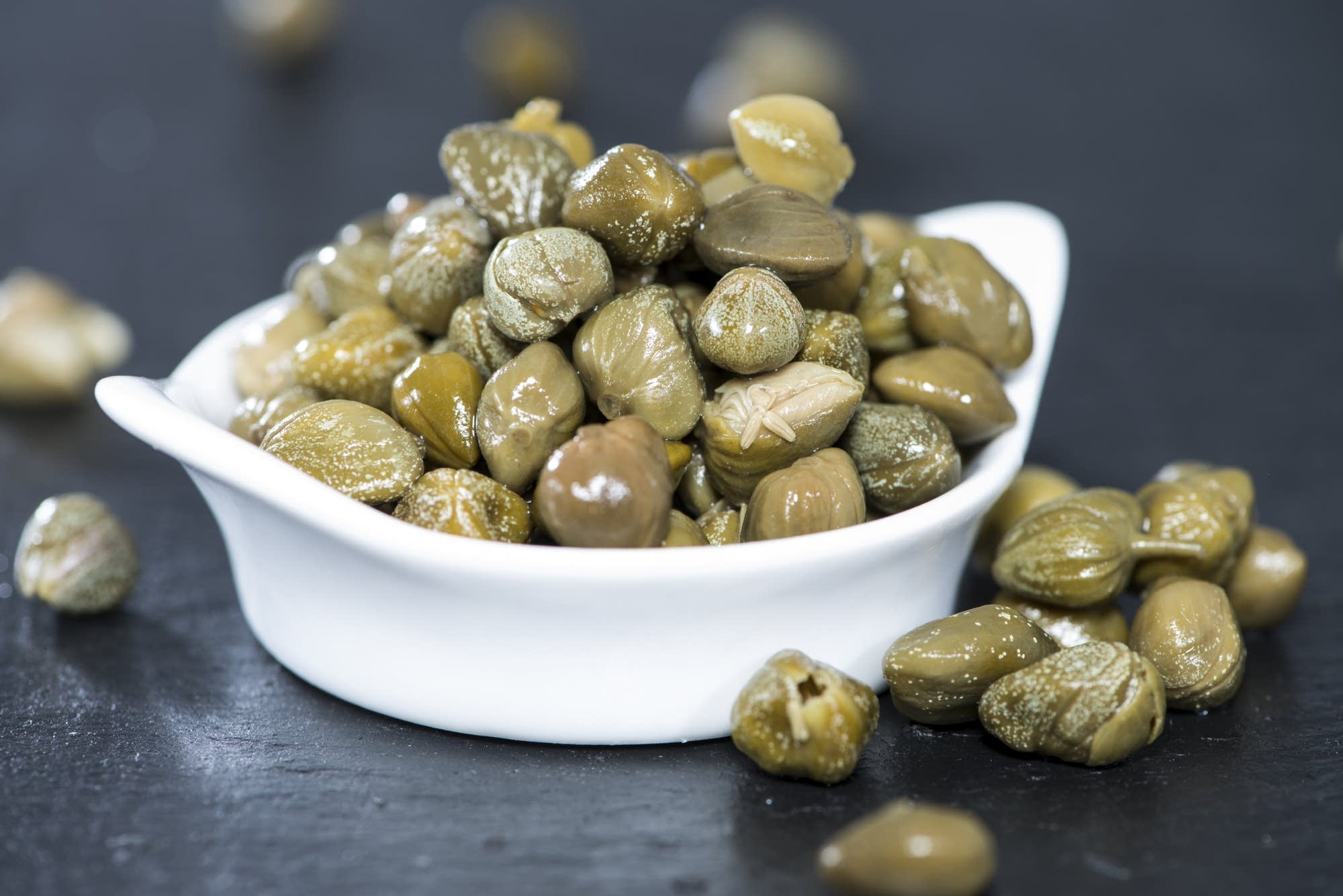
What are capers? These tiny, green buds pack a punch of flavor in many dishes. Capers come from the caper bush, scientifically known as Capparis spinosa. Before they bloom into flowers, these buds are harvested and pickled, giving them their distinct tangy taste. Often found in Mediterranean cuisine, they add a burst of salty, lemony goodness to everything from pasta to salads. But there's more to these little buds than meets the eye. Did you know they have been used for centuries not just for their taste but also for their medicinal properties? Capers are rich in antioxidants, vitamins, and minerals, making them a healthy addition to your diet. Ready to learn more? Let's dive into 31 fascinating facts about these flavorful buds!
What Are Capers?
Capers are tiny, green flower buds often used in Mediterranean cuisine. They pack a punch of flavor despite their small size. Here are some fascinating facts about these little culinary gems.
- Capers come from the caper bush, scientifically known as Capparis spinosa.
- These buds are usually pickled in vinegar or brine before being used in dishes.
- Capers have been used in cooking for thousands of years, dating back to ancient Greece and Rome.
- The flavor of capers is often described as tangy, lemony, and slightly salty.
- Capers are a staple in dishes like chicken piccata, puttanesca sauce, and tapenade.
How Are Capers Harvested?
Harvesting capers is a labor-intensive process. Workers must pick the buds by hand, often in the early morning to avoid the heat.
- Capers are harvested before the flower buds open.
- The best quality capers are picked when they are still very small.
- After harvesting, capers are dried in the sun for a few days.
- Once dried, they are soaked in vinegar or brine to develop their unique flavor.
- The harvesting season for capers typically runs from May to August.
Nutritional Benefits of Capers
Despite their small size, capers are packed with nutrients. They can add more than just flavor to your meals.
- Capers are low in calories, making them a healthy addition to any diet.
- They are rich in antioxidants, which help fight free radicals in the body.
- Capers contain vitamins A, K, and E, as well as essential minerals like iron and calcium.
- The high fiber content in capers aids in digestion.
- Capers also have anti-inflammatory properties, which can help reduce swelling and pain.
Different Types of Capers
Not all capers are created equal. There are several varieties, each with its own unique characteristics.
- Nonpareil capers are the smallest and most prized variety.
- Surfines are slightly larger than nonpareils but still considered high quality.
- Capucines are medium-sized capers, often used in cooking.
- Capotes are larger capers, usually less expensive and used in bulk recipes.
- Caperberries are the fruit of the caper bush, larger and often served as a snack or garnish.
Culinary Uses of Capers
Capers can elevate a wide range of dishes. Their unique flavor makes them a versatile ingredient in many cuisines.
- Capers are often used in Mediterranean dishes like pasta, salads, and fish.
- They are a key ingredient in tartar sauce, adding a tangy kick.
- Capers can be used to garnish dishes, adding both flavor and visual appeal.
- They pair well with lemon, garlic, and olive oil.
- Capers can also be fried to add a crunchy texture to dishes.
Fun Facts About Capers
Capers have some interesting trivia associated with them. These fun facts might surprise you!
- The word "caper" comes from the Latin word "capparis," which means "caper bush."
- In ancient times, capers were used as a natural remedy for various ailments.
- Capers are mentioned in the Bible, in the book of Ecclesiastes.
- The caper bush is a hardy plant that can grow in harsh, arid conditions.
- Capers are often confused with nasturtium seeds, which are sometimes called "poor man's capers."
Capers in Popular Culture
Capers have even made their way into popular culture, appearing in literature, movies, and more.
- Capers are featured in the famous novel "The Count of Monte Cristo" by Alexandre Dumas.
Capers: Tiny Powerhouses of Flavor
Capers pack a punch in both flavor and nutrition. These little green buds, often overlooked, bring a unique tang to dishes and offer surprising health benefits. Rich in antioxidants, vitamins, and minerals, capers can boost your immune system and improve digestion. They’ve been used in Mediterranean cuisine for centuries, adding zest to salads, sauces, and meats.
Whether you’re a seasoned chef or a home cook, incorporating capers into your meals can elevate your culinary game. They’re versatile, easy to use, and can transform a simple dish into something extraordinary. Next time you’re at the grocery store, grab a jar and experiment with these flavorful gems. You might just find a new favorite ingredient. Capers aren’t just a garnish; they’re a powerhouse of taste and health benefits waiting to be discovered.
Was this page helpful?
Our commitment to delivering trustworthy and engaging content is at the heart of what we do. Each fact on our site is contributed by real users like you, bringing a wealth of diverse insights and information. To ensure the highest standards of accuracy and reliability, our dedicated editors meticulously review each submission. This process guarantees that the facts we share are not only fascinating but also credible. Trust in our commitment to quality and authenticity as you explore and learn with us.
